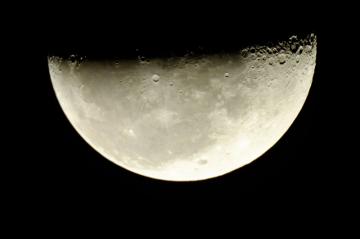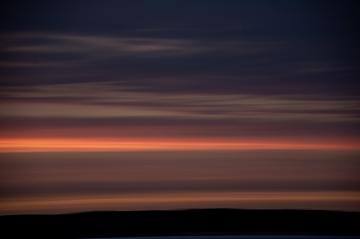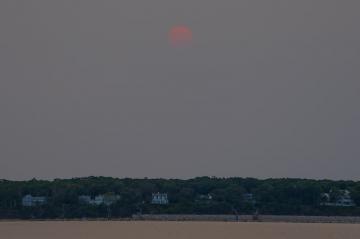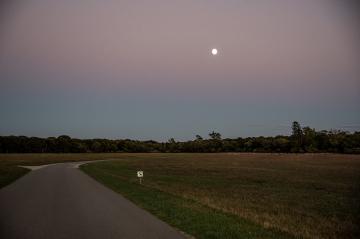In Vineyard Skies
On Wednesday night the gibbous moon and the bright red planet Mars start the evening low in the southeastern sky.
The annual Orionid meteor shower takes place on Wednesday morning after midnight.
One of the great features of autumn nights is high overhead when the Milky Way, our galaxy, crosses the sky. You can’t miss it on a moonless night.
The red planet Mars is a spectacle rising in the eastern sky soon after sunset. A brighter Mars will not be visible until the year 2035, and for many...
Tonight’s gibbous moon appears right underneath the bright planet Saturn.
An orange sun and skies in the morning and late afternoon aren’t the only changes that have come with the high altitude smoke in our atmosphere.
On Monday morning, well before the sun rises there is a treat.
Tomorrow night offers a real treat. The brilliant red planet Mars will appear close to the gibbous moon.
There is plenty happening in the skies in the weeks ahead.
The crescent moon appears near the bright star Spica tomorrow night.
The two rise in the eastern sky around 3 a.m. and will be poised nicely high above the eastern sky by dawn.
On Sunday night the gibbous moon rises late in the evening near the red planet Mars. Both are in the zodiacal constellation Pisces.












